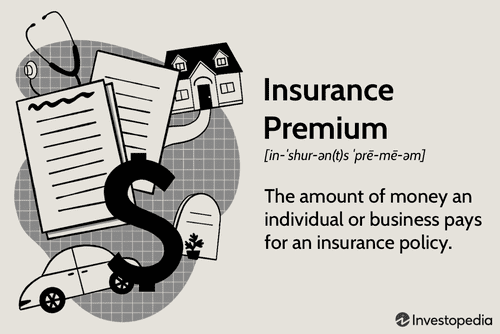
Before you buy pet insurance for your pet, make sure to compare the different options available. The table below will give an overview of the different companies. Pay attention to the rates, Deductibles and Waiting Periods. Also, consider Coverage options. This will help you find the right insurance for your dog or cat.
Rates
The cost of pet insurance depends on your pet's age and how much coverage you need. Because older pets are more likely to be injured or sick, some providers charge higher rates. Some policies may not cover pre-existing diseases and could even refuse older pets. Before purchasing an insurance policy, it is a good idea to check with your company about discounts and other benefits. Multi-pet discounts are also available.
Multiple studies have been published that compare the rates of pet insurance policies. One study showed that cats are more expensive than dogs. The study found that cats visit the vet less often than dogs, and are therefore more affordable. When comparing rates, there are several factors you need to take into consideration.
Options for coverage
It is important to compare pet insurance coverage options. Some companies offer full coverage, while others provide limited coverage for specific conditions. Many companies have a deductible that requires you to pay a specific amount up front. Deductibles range from $100-$500, so it is important to determine which amount you can afford for your pet.

Other factors to consider when comparing pet insurance coverage options include the number of vet visits covered and the cost of veterinary care. The cost of policies that only cover accident-related illnesses is lower than those that include all other conditions. Accident-and illness plans, however, are more comprehensive, and cover most vet visits, procedures and hospitalizations.
Deductibles
The deductible is an important aspect to consider when searching for pet insurance. Different companies may have different deductibles. Some companies offer a $0 or $1000 deductible. The amount you choose will depend on the age of your pet and your budget.
You can either choose an annual deductible, or a per condition deductible. The former is easier and more convenient for most pet owners. You'll need to keep track by date and condition of your expenses with the latter. Therefore, your deductible for a new condition may be different every time. It may also take more time before your insurance provider reimburses you.
Waiting periods
Consider waiting periods when you are looking for pet insurance. These are imposed by the insurer to ensure that your pet is healthy enough to be eligible for coverage. A common waiting period for a policy is 30 days, but this can vary. Some insurers have shorter waiting lists, while others require a longer wait. Trupanion for instance has a 30-day waiting limit for illness coverage.
While waiting periods for pet insurance are variable, there are certain conditions that are excluded from coverage. Many policies require a waiting period to cover certain diseases like cruciate ligament injuries. Dogs with hip dysplasia, for example, may need to wait longer than dogs with cruciate injuries.

Percentage for reimbursement
The reimbursement percentage on your pet insurance policy can affect the total cost of your policy. Certain companies offer higher reimbursement percentages than other. An insurance policy that covers 80% of your covered expenses will have a reimbursement percentage at 80%. This means that if your dog is injured, you'll only be responsible for paying $200 out of your own pocket. However, if your canine companion has a chronic condition that demands regular care, you will likely be responsible for a higher percentage of the bill.
In general, the reimbursement percentages of pet insurance plans vary from 80% up to 90%. However, you should understand that higher reimbursement percentages mean a more expensive plan. Additionally, every claim must be submitted with a deductible. The most commonly used deductible amounts for claims are $100, $200, $500.